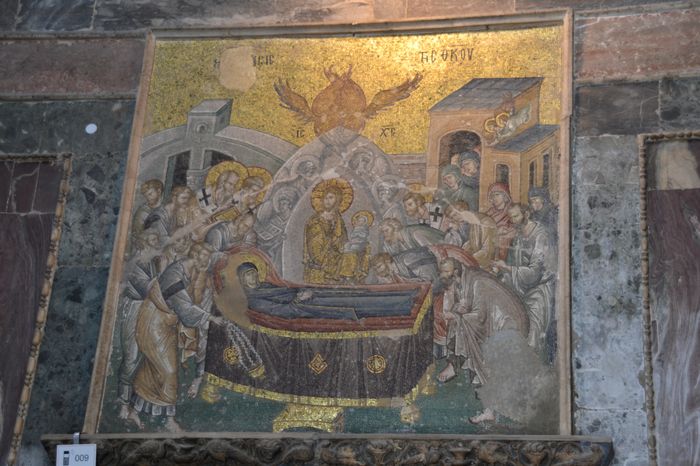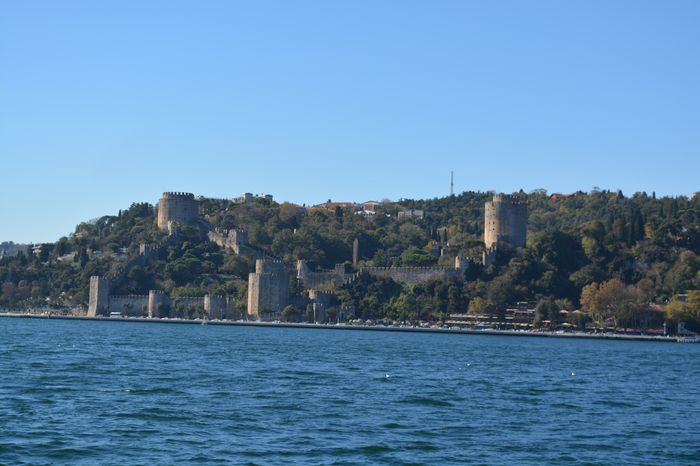The name Pontus did not appear in historical records until the 4th century BC. It only became commonly used after Alexander the Great of Macedonia conquered Persia in 330 BC. Before this, the area was ruled by a Persian governor (called a satrap) under the Persian Empire.
The Kingdom of Pontus
The Kingdom of Pontus was founded by Mithradates I Ctistes, who died around 301 BC. His son, Mithradates II, expanded the kingdom by taking over Paphlagonia and parts of northern Cappadocia Customized Tours Balkan.
The most famous ruler of Pontus was Mithradates VI, a powerful king who fought against Rome. However, in 66 BC, he was defeated by Pompey the Great, a Roman general. After this, the kingdom of Pontus was split:
The western part was joined with Bithynia, becoming a Roman province called Pontus and Bithynia.
The eastern part was ruled by local leaders, or native princes.
Pontus Becomes a Roman Province
In AD 62, the Roman Emperor Nero officially made Pontus a Roman province. It was divided into three main regions:
Pontus Galaticus in the west (next to Galatia)
Pontus Polemoniacus in the center (named after its capital Polemonium)
Pontus Cappadocius in the east (next to Cappadocia)
Pontus in the Bible
Pontus is mentioned three times in the New Testament:
In Acts 2:9, people from Pontus were present at Pentecost, when the Holy Spirit came to the early Christians Turkey’s Role in Fulfilling the Prophecy.
In Acts 18:2, a Jewish couple from Pontus, Aquila and Priscilla, are mentioned. They became followers of Jesus.
In 1 Peter 1:1, the Apostle Peter writes to Christians in Pontus, calling them “God’s chosen people.”
Life Under Roman Rule
When Pompey took control of Pontus in 64 BC, not much changed for the everyday people. The wealthy families and city leaders continued to run things much like before. Only part of the kingdom became Roman territory, mainly the coastline between Heraclea (modern Ereğli) and Amisus (modern Samsun). This coastal area was known as the Ora Pontica.







